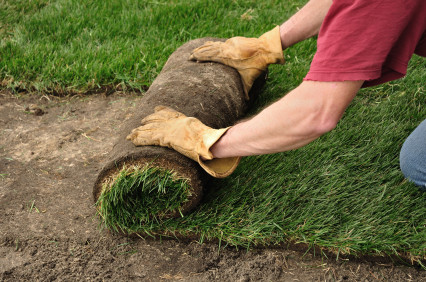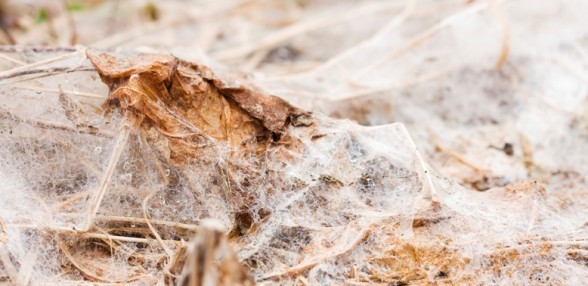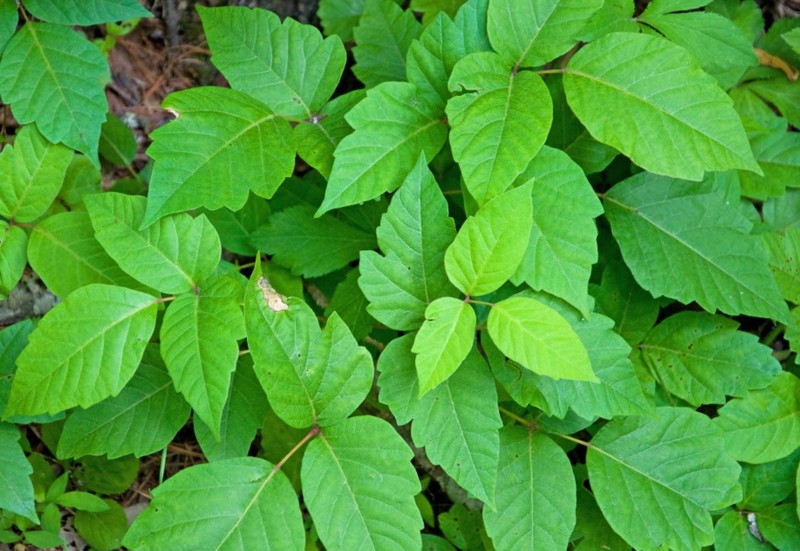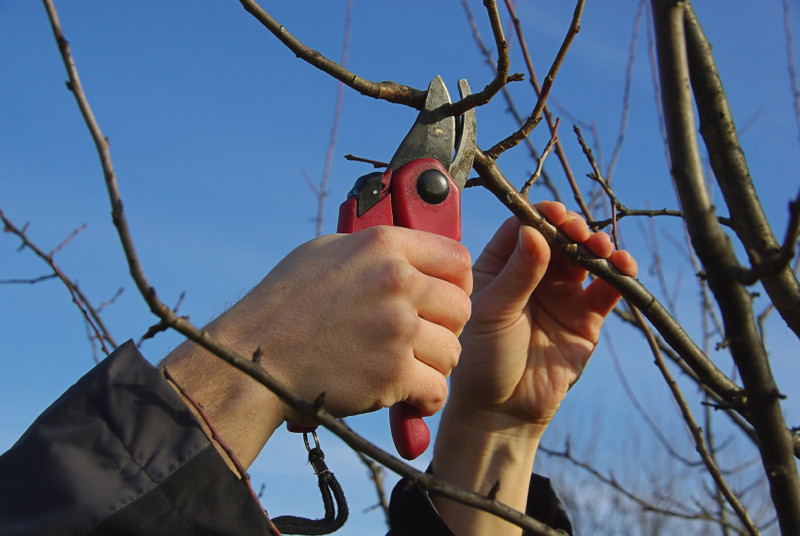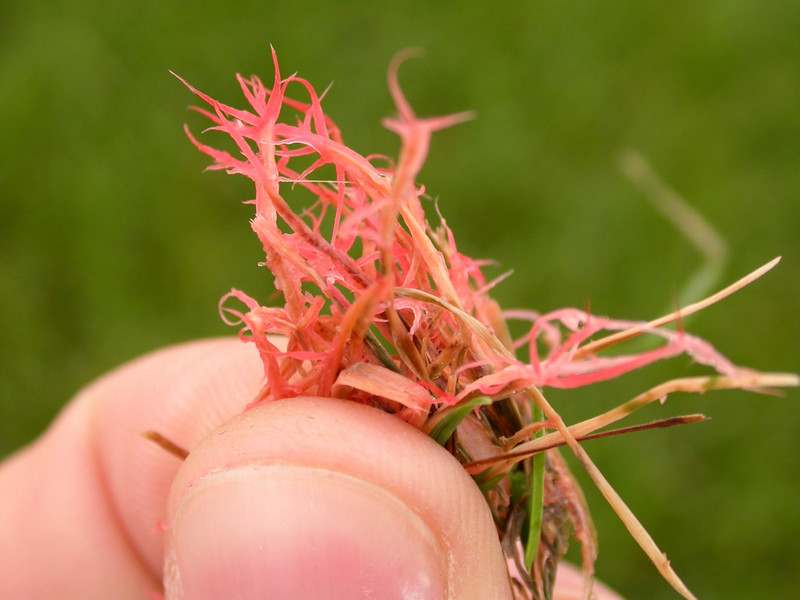 Buffalo & WNY Lawn & Landscape Blog
Buffalo & WNY Lawn & Landscape Blog
4 Ways to Protect Your Landscape From Snow and Deer
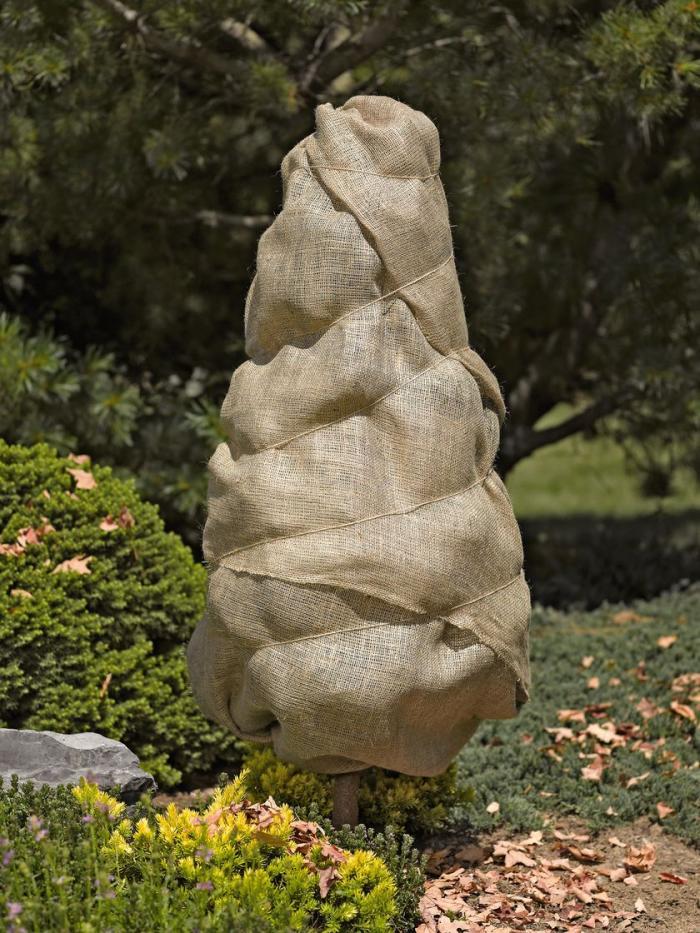
If you lived in Buffalo for at least one winter, the chances are that you have become accustomed to dramatic seasonal changes. Summer can be hot and humid, while winter can produce bitterly cold temperatures and of course, lake-effect snow. And while they thrive in mild months, some plants in our landscapes may be poorly suited for winter weather extremes.
Cold temperatures, heavy snowfall, and harsh winds can take a toll on a plant’s appearance and overall health. Winds can break or bend limbs and dry out evergreen foliage; shrubs can be crushed by snow falling off roofs, and severe breakage can damage a plant beyond repair. However, there are simple ways to protect susceptible plants, shrubs, and trees.
Wraps
Vulnerable shrubs and small trees in exposed areas can be wrapped in wide swaths of burlap during the fall so that winter’s cold winds don’t burn them. Burlap fabric allows the plant to get air, while minimizing the temperature fluctuations inside and keeping the plant healthy and alive. Commercially sold tree wraps, made of vinyl, burlap, or paper, cover tree trunks for wind and cold protection, and are especially useful for small trees.
Windbreaks
Evergreen shrubs planted in open yards are likely to be affected by winter wind, especially if exposed to the north and west. To protect these plants, drive a few tall stakes into the ground around the plant’s perimeter and staple burlap around the stakes to create a barrier. The burlap shields the plant from the winds, and the open top allows snow and rain to filter through and refresh the plant.
Wooden A-frames
Accumulations of snow and ice can sometimes slide off roofs onto nearby plants, causing breakage. Homes with rooftop solar panels or steeply pitched metal roofs are at higher risk. One way to protect plants is to construct a simple wooden A-frame structure to place over them. If you’re building your own frames, make sure the top is hinged so when you take them down in the spring, you can fold them up neatly and store them away until next year.
Deer deterrents
Deer pose another threat to plants’ off-season health while foraging aggressively for food during the winter months. The best way to prevent deer from harming your trees is to put up deer fencing, usually lightweight plastic netting. These can be constructed with stakes or rebar at least six feet tall. With the fencing attached to it. This will keep the deer far enough away from the tree that they can’t rub or chew it. Other options include deer repellents, both commercially available and homemade remedies such as, garlic, Irish Spring soap, scented dryer sheets, and human hair around the plants you’re trying to protect.
Early intervention is important if you have an extensive landscape or lots of vulnerable plantings. We recommend not waiting until the first snow falls, if possible. Start preparing your landscape for the winter in October, and keep the protection up until April. By prepping early and maintaining throughout the winter, you can help ensure your plants will be able to survive the cold and come out in the spring looking fresh and ready to grow.


